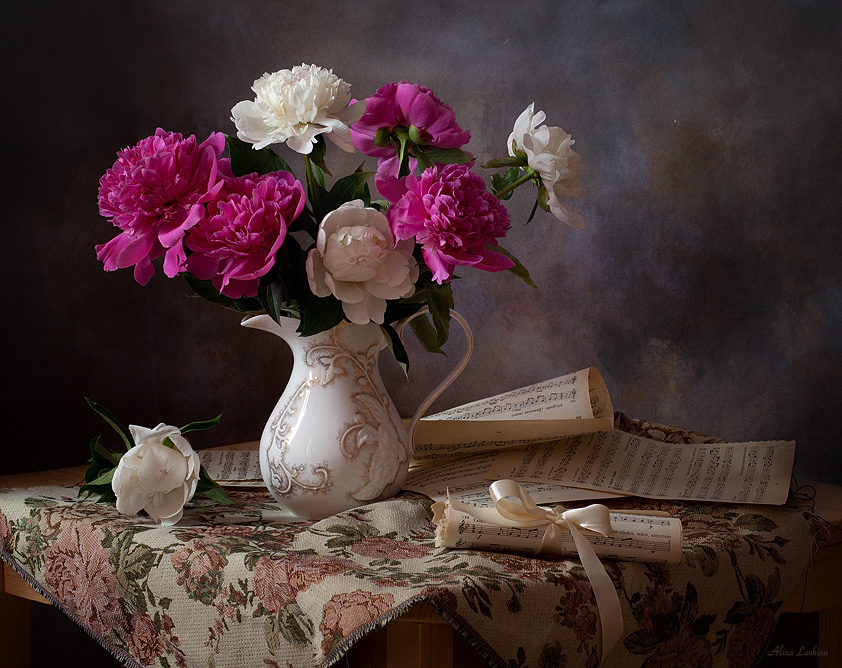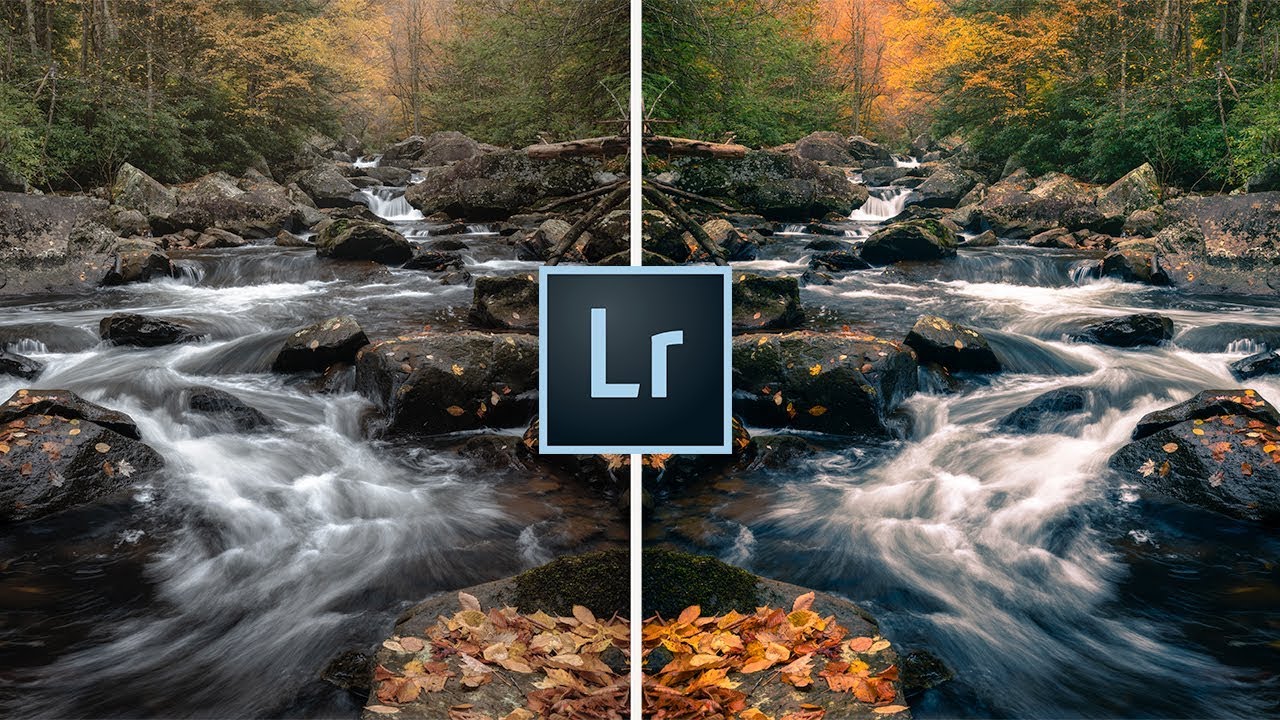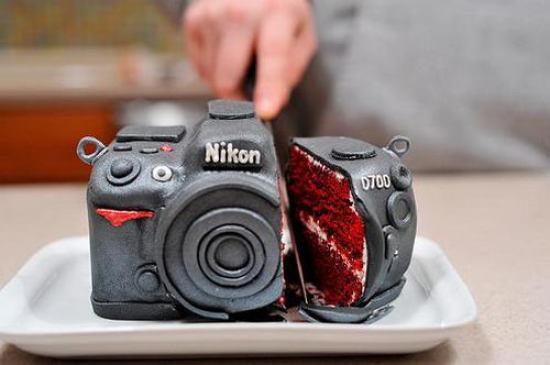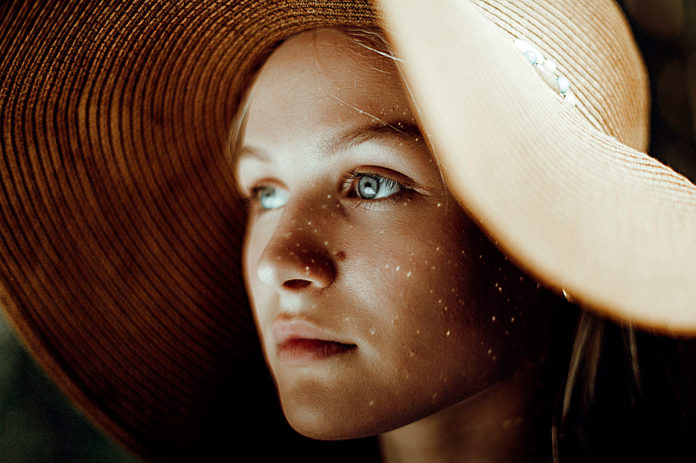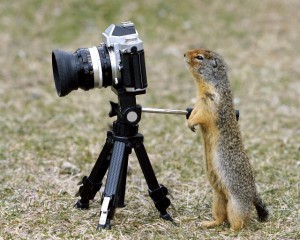JOSEF THE TRUNK: RARE INTERVIEW WITH A PHOTOGRAPH, PHOTOS, SHORT BIOGRAPHY
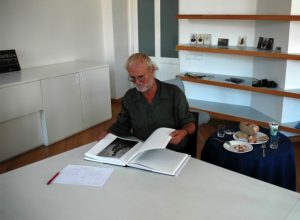 Joseph Koudelka is a wonderful person and photographer. He has written a lot of biographical references about him, but those who talked with him personally speak best of him. Therefore, instead of a biography, I am pleased to present you a translation of an interview with a photographer taken by Tim Nokes.
Joseph Koudelka is a wonderful person and photographer. He has written a lot of biographical references about him, but those who talked with him personally speak best of him. Therefore, instead of a biography, I am pleased to present you a translation of an interview with a photographer taken by Tim Nokes.
“… Over the past fifty years, Josef Koudelka has shot hundreds of wonderful photos. In a rare interview with a photographer, I was able to question Koudelka about his exciting career and why Koudelka was the only person who could openly criticize Henri Cartier-Bresson.
45 years ago, the photographer for the first time decided to show his photos, and today he is considered a man of mystery. His works reveal the beauty of abstract forms and the plasticity of threatening shadows in desert landscapes, in which people are deprived of the right to vote. In the agency Magnum, where Koudelka works, they say that a 74-year-old photographer would rather fall asleep on the office floor than get a hotel room. His friends and critics say that Josef Koudelka combines the qualities of a good-natured genius and a cold-blooded professional who prefers to work hard and speak little. So what is the truth of this?
When I arrived in Prague to interview the master, these conflicting opinions crowded into my head. Koudelka’s personality is indeed shrouded in mystery – his home address is not officially indicated, but the master communicates by fax. If he needs to talk, he gets in touch, and not vice versa. An hour before the scheduled interview, the telephone rang.
“Hello? I tried to contact you earlier, but I could not reach you, ”said an Eastern European voice on the phone. “This is Josef Koudelka. Welcome to Prague. Here is my adress”.
After twenty minutes of walking through the city center, I turned a corner of the house and heard my name in the morning silence. Raising my head, I saw the silhouette of a man on the third floor. On the question of how they knew me, the man answered: “I have a good intuition.”
With this we can not argue. Josef Koudelka is a world-class photographer with an amazing sense of intuition. The master was born on January 10, 1938 in a small Moravian village. He started shooting at 14, inspired by landscape photos that a family friend showed him. Selling strawberries to a local ice cream maker, Josef Koudelka saved money for a compact Bakelite camera. Later, as an engineering student, he acquired Rolleiflex, and from 1961 he used it to shoot theater performances for the Prague magazine Divaldo. Everyone knows that these photos brought artistic meaning to the publication of the publication, which was previously considered purely advertising. On the performances of “King Lear” and “Waiting for Godot”, Joseph Koudelka walked among the actors, shooting them as if the action was taking place on the street. So the master learned to tell the whole story in one frame, which helped him when shooting the daily life of Czechoslovak Gypsies and subsequently the Soviet invasion of Prague in 1968.
And then the door opened – and in front of me stands the legendary photographer. He is calm. Koudelka has already lived his life, but his mischievous look shows that he is still young inside. He invites me to his modern penthouse, where I will see many thick books with his name on the cover and a huge collection of negatives and printed photos.
“I never dreamed of a perfect home, and never wanted to be attached to it,” says Koudelka, escorting me to the room, in the middle of which stands a huge white table. “When I bought this apartment, I arranged it for work. I live in Paris, and this is just another pass for the traveler. I do not feel the need to fill the house with things. Over the past three years I have bought only two shirts. I even sleep in them. I keep my passport in one pocket and money in the other. They are easy to wash and dry. I carry with me only the right things – my cameras, film and a spare pair of glasses. ”
“The first thing I learned over the years of performances with bagpipes at folk festivals,” he says, slicing bread and ham, “if you play and drink all night, you need to eat.”
Joseph Koudelka, whom I met, was not at all like the uncommunicative and unfriendly person with whom he was described. On the contrary, he seemed kind and friendly to me. Koudelka saw a lot and can tell about everything; he has his own opinion on any account. The master is not satisfied with what he has achieved, and strives for more.
“Many photographers, such as Robert Frank and Cartier-Bresson, stopped taking pictures after 70, because they felt that they had nothing more to say,” says Josef Koudelka. “I still wake up with the desire to take pictures, and it has only become stronger. But I see that there is a photo that has come to an end, since the heroes themselves do not exist. From 1961 to 1966 I shot Gypsies because I liked their music and culture. They were in many ways similar to me. And today, fewer and fewer people resemble those of former Gypsies.
